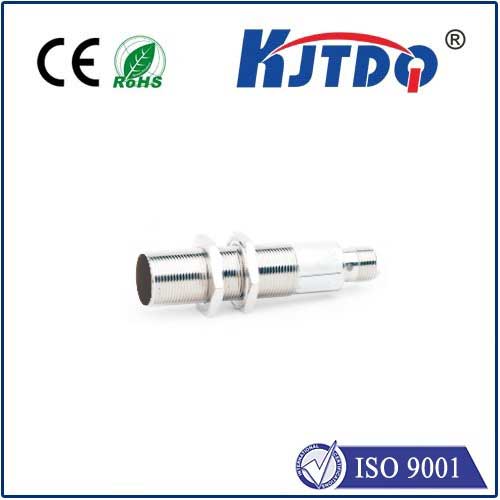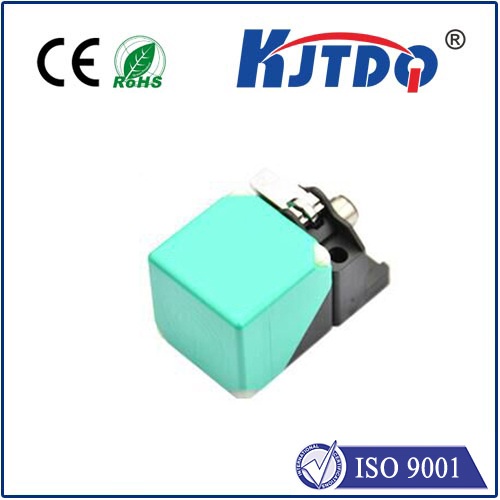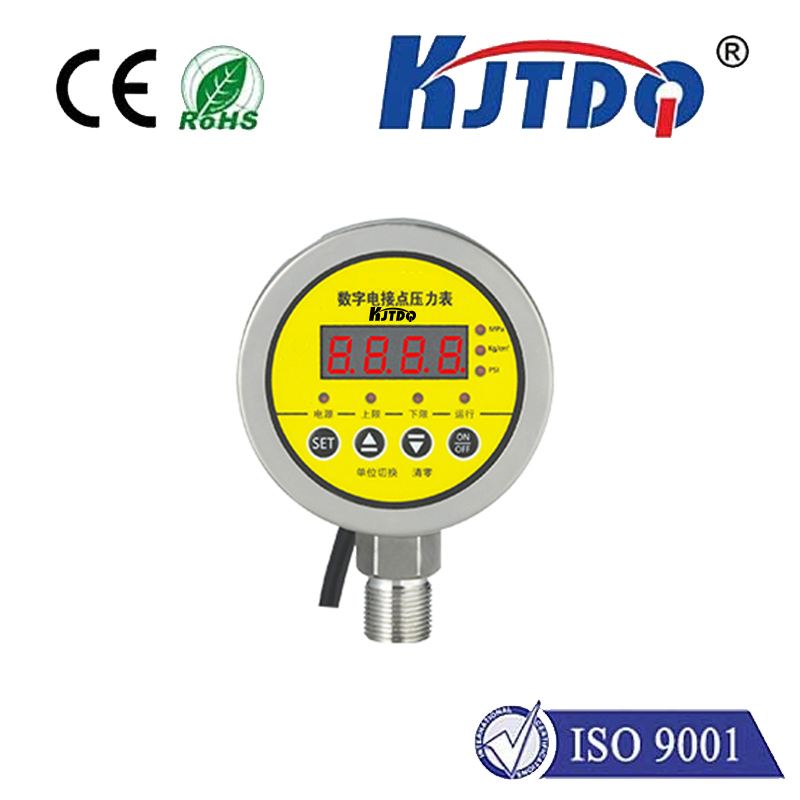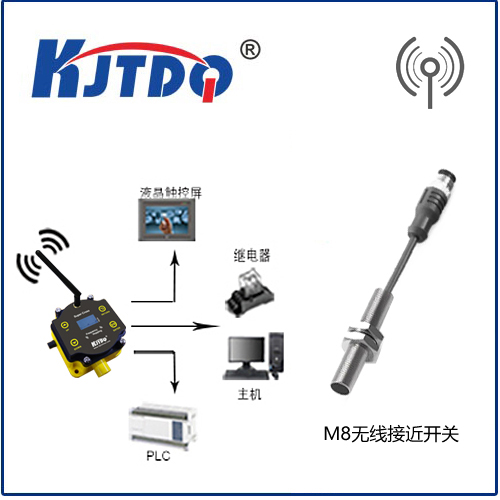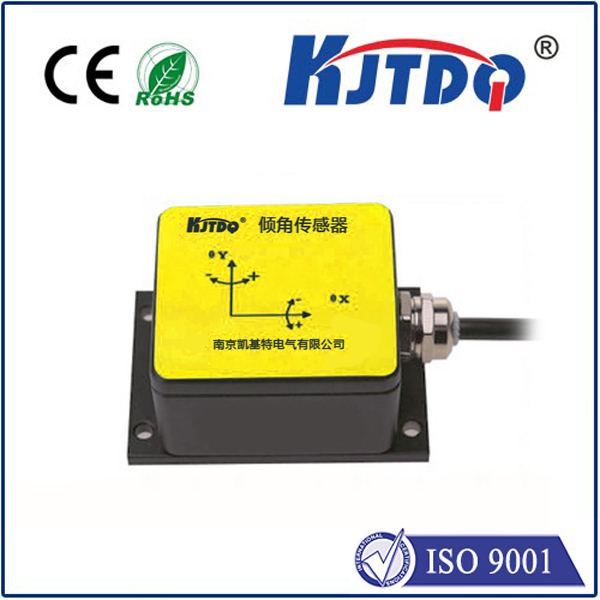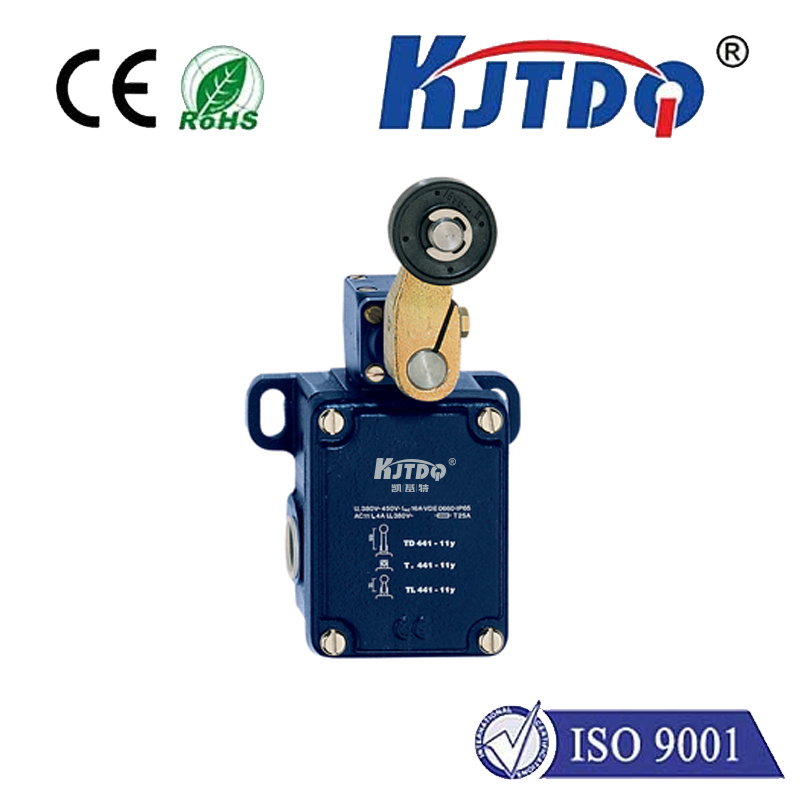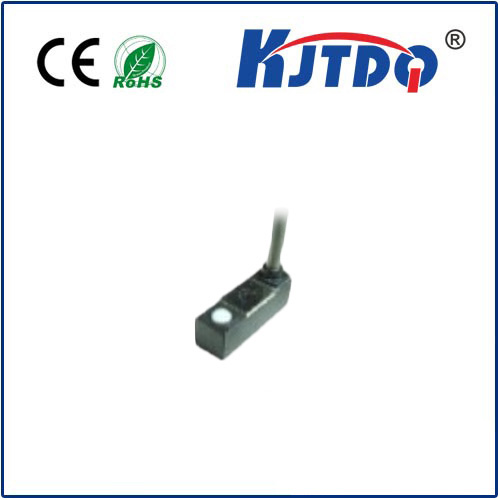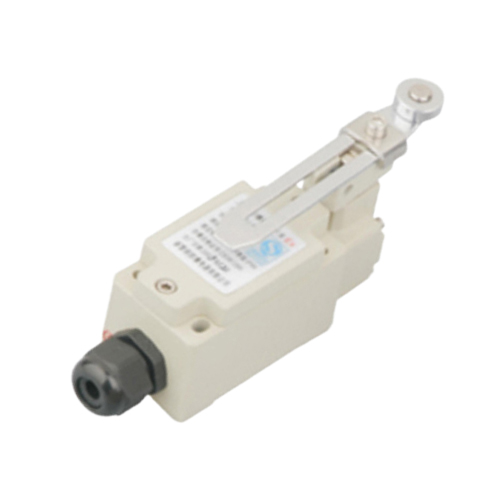diffuse type sensor
- time:2025-07-23 15:32:28
- Нажмите:0
The Invisible Guardian: Demystifying Diffuse Type Sensors in Automation
In the intricate dance of modern automation and machinery, countless unseen components work tirelessly to ensure precision, safety, and efficiency. Among these silent performers, sensors reign supreme as the sensory organs of machines. And within the vast sensor family, diffuse type sensors stand out as versatile, cost-effective workhorses for countless object detection tasks. But what exactly are they, and why are they so pervasive? Let’s illuminate the fascinating world of diffuse photoelectric sensors.
At its core, a Диффузионный датчик is a specific type of photoelectric sensor. Unlike their retroreflective cousins that need a reflector opposite the emitter or through-beam sensors requiring a separate receiver, a Диффузионный датчик houses both the light emitter (typically an LED) and the receiver within a single housing. The fundamental principle is elegantly simple: the sensor emits a beam of light (visible red, infrared, or laser) towards a target. When an object enters the detection zone, this light beam reflects diffusely off the object’s surface. The sensor’s integrated receiver then detects this reflected light. If the intensity of the reflected light exceeds a predetermined threshold, the sensor triggers its output switch, signaling the presence of the object. The object itself becomes the reflector.
This self-contained nature is the primary advantage of diffuse sensors. They eliminate the need for precise alignment with a separate reflector or receiver unit, drastically simplifying installation and reducing component cost. Imagine setting up hundreds of detection points on a complex production line; the time and cost savings using датчик диффузного отражения compared to other types can be substantial.
Key Characteristics & Capabilities:

- Operation Principle: As described, relies on diffuse reflection from the target object.
- Detection Range: The effective range varies significantly. Standard diffuse sensors typically offer shorter ranges (often from a few millimeters up to a meter or so, sometimes more with high-power variants), heavily dependent on the target’s size, color, surface texture, and material. Light-colored, matte surfaces reflect more light and are easier to detect at longer ranges than dark, shiny, or highly absorbent surfaces. Background Suppression (BGS) variants use triangulation principles to detect objects only within a very specific, close range, effectively ignoring the background – crucial for detecting objects on conveyor belts.
- Reliability & Cost: Generally robust, reliable, and offer a very favorable price-to-performance ratio. Their simplicity translates to lower manufacturing costs.
- Многогранность: Capable of detecting a wide range of objects – from opaque materials like metal, plastic, and wood to translucent items like bottles (though this can be challenging depending on the sensor and liquid).
- Environmental Factors: While generally robust, performance can be influenced by ambient light conditions, dust, fog, or steam. Choosing models with modulated light (pulsing the LED at a specific frequency that the receiver is tuned to) significantly improves immunity to ambient light interference. Laser diffuse sensors offer superior precision for small object detection or accurate position verification.
Where the Diffuse Sensor Shines (Literally and Figuratively):
The practical applications for diffuse photoelectric sensors are incredibly diverse across numerous industries:
- Manufacturing Assembly Lines: Detecting the presence or absence of components on conveyors (e.g., engine blocks, circuit boards), verifying part insertion, counting objects as they pass.
- Packaging Machinery: Confirming flap closure on boxes, detecting labels applied to containers, verifying the fill level in bottles (with specific models), counting packages entering a shrink-wrap tunnel.
- Перевозка материалов: Monitoring bin levels (detecting presence/absence of material), triggering sorting gates, ensuring pallets are correctly positioned. Background suppression sensors excel on conveyor lines.
- Automated Door Systems: Safely detecting people or objects in the doorway path to prevent closing.
- Robotics: Used for proximity detection, end-of-arm tooling verification (e.g., “Is the part in the gripper?”), or workpiece position detection for pick-and-place operations.
- Printing & Paper Processing: Detecting paper jams, verifying sheet feed, sensing the leading/trailing edge of paper rolls.
- Food & Beverage: Bottle cap presence/absence detection, container counting, checking case packing completeness.
Navigating Limitations: Awareness is Key
While highly versatile, the inherent operating principle introduces specific limitations that designers must consider:
- Target Dependency: Performance isn’t consistent across all objects. Highly critical detections of challenging surfaces (dark, glossy, curved, absorbent) may require sensor selection trials.
- Limited Range: Compared to through-beam sensors offering the longest ranges, standard diffuse sensors have a more restricted reach.
- Background Interference (Standard Models): Without background suppression technology, standard diffuse sensors can potentially trigger on objects or surfaces beyond the intended target, especially if they are highly reflective or closer than the target.
The Future is Bright (and Diffuse):
The evolution of diffuse sensor technology continues. Trends include increased miniaturization, enabling integration into tighter spaces. Improved optics and electronics extend detection ranges and enhance performance on difficult targets. Enhanced connectivity options, like IO-Link, are becoming more common, allowing for easier configuration, diagnostics, and integration into the Industrial Internet of Things (IIoT) ecosystem, enabling predictive maintenance and process optimization. Laser-based diffuse sensors are also becoming more accessible, offering superior beam focus for precise detection of tiny components or detecting clear objects.
From the simplest presence check to complex automation sequences, the diffuse type sensor remains an indispensable tool. Its blend of simplicity, reliability, cost-effectiveness, and self-contained design ensures its continued prominence in countless applications where efficient, non-contact object detection is paramount. Understanding how they work, their strengths, and their limitations is key to unlocking their full potential as the invisible guardians of modern industry.

